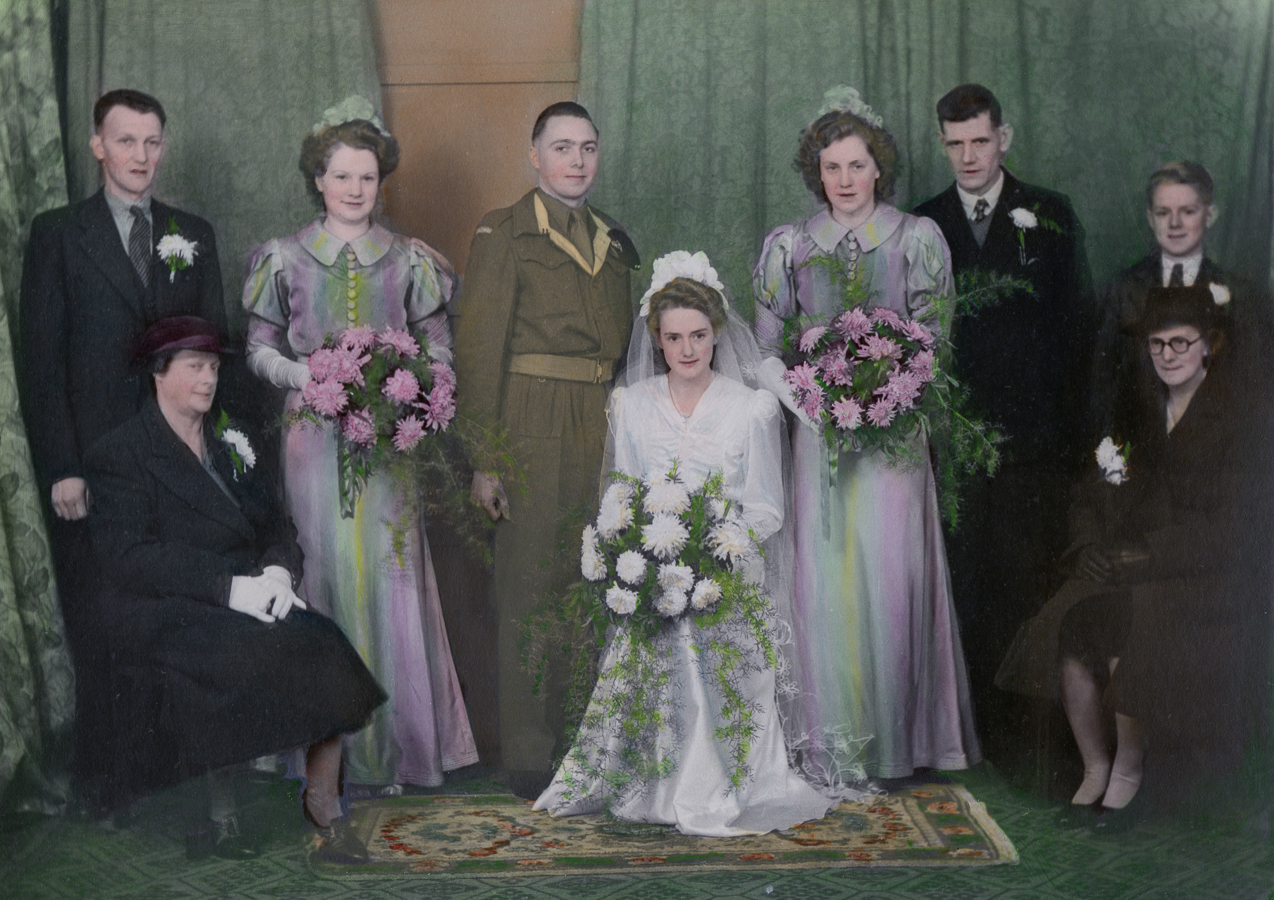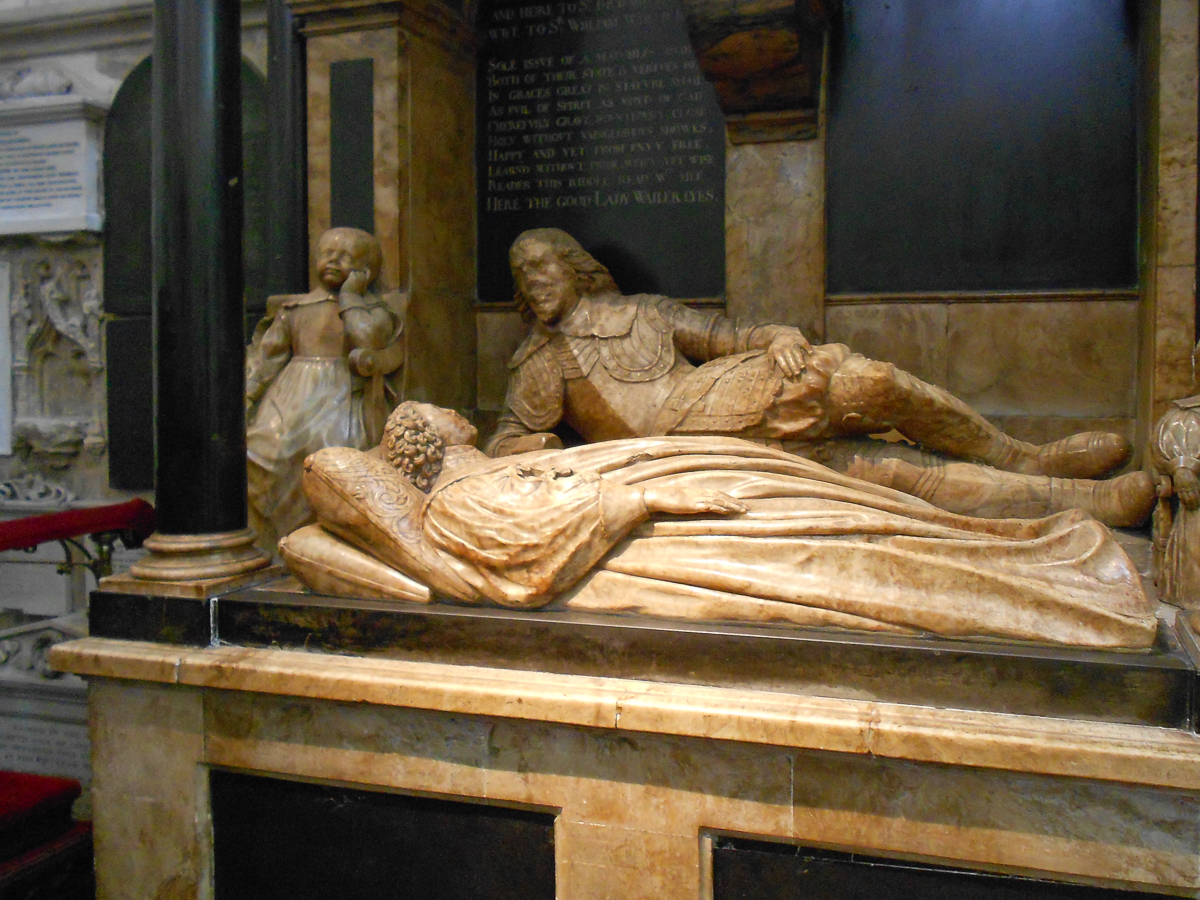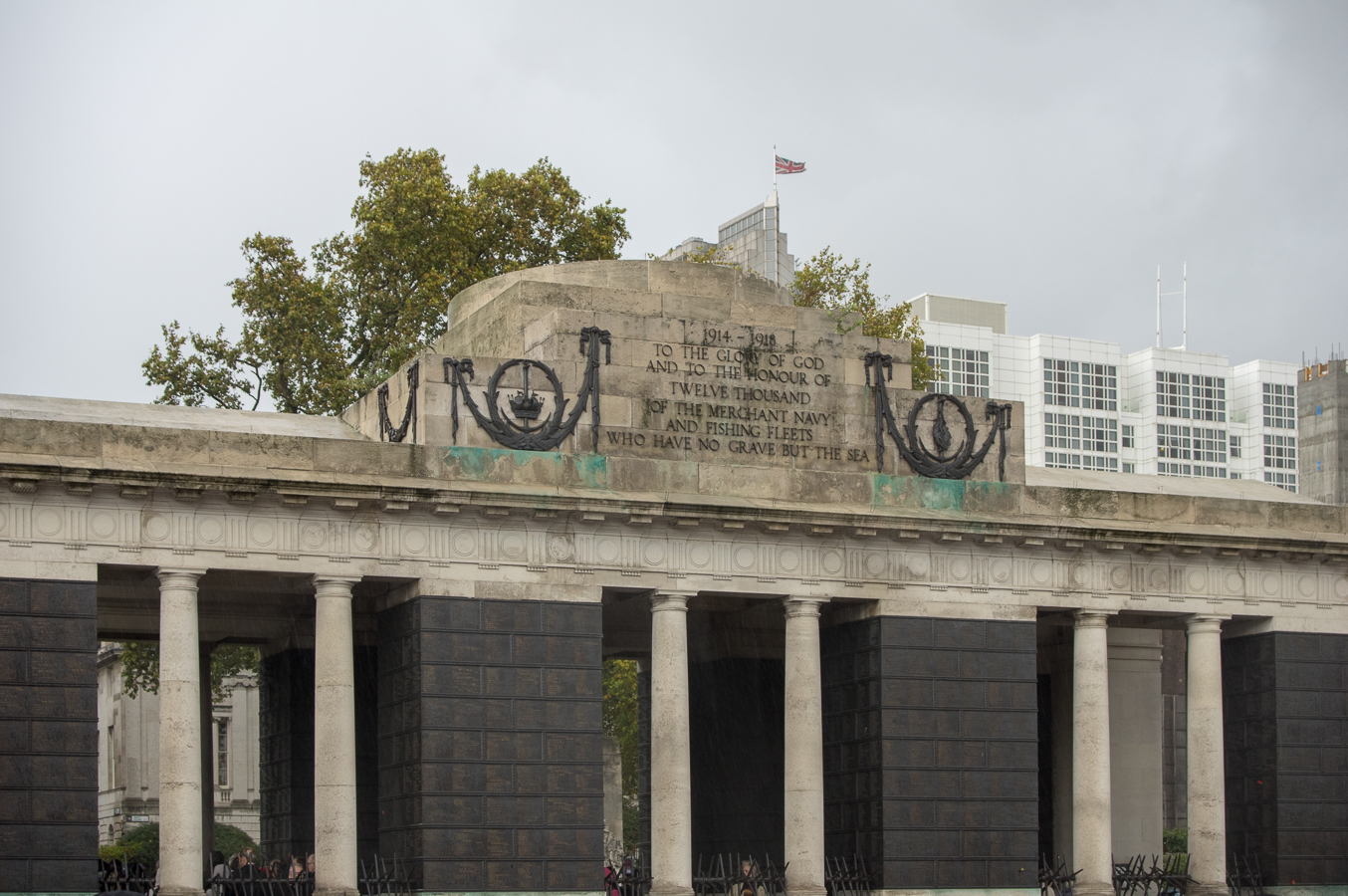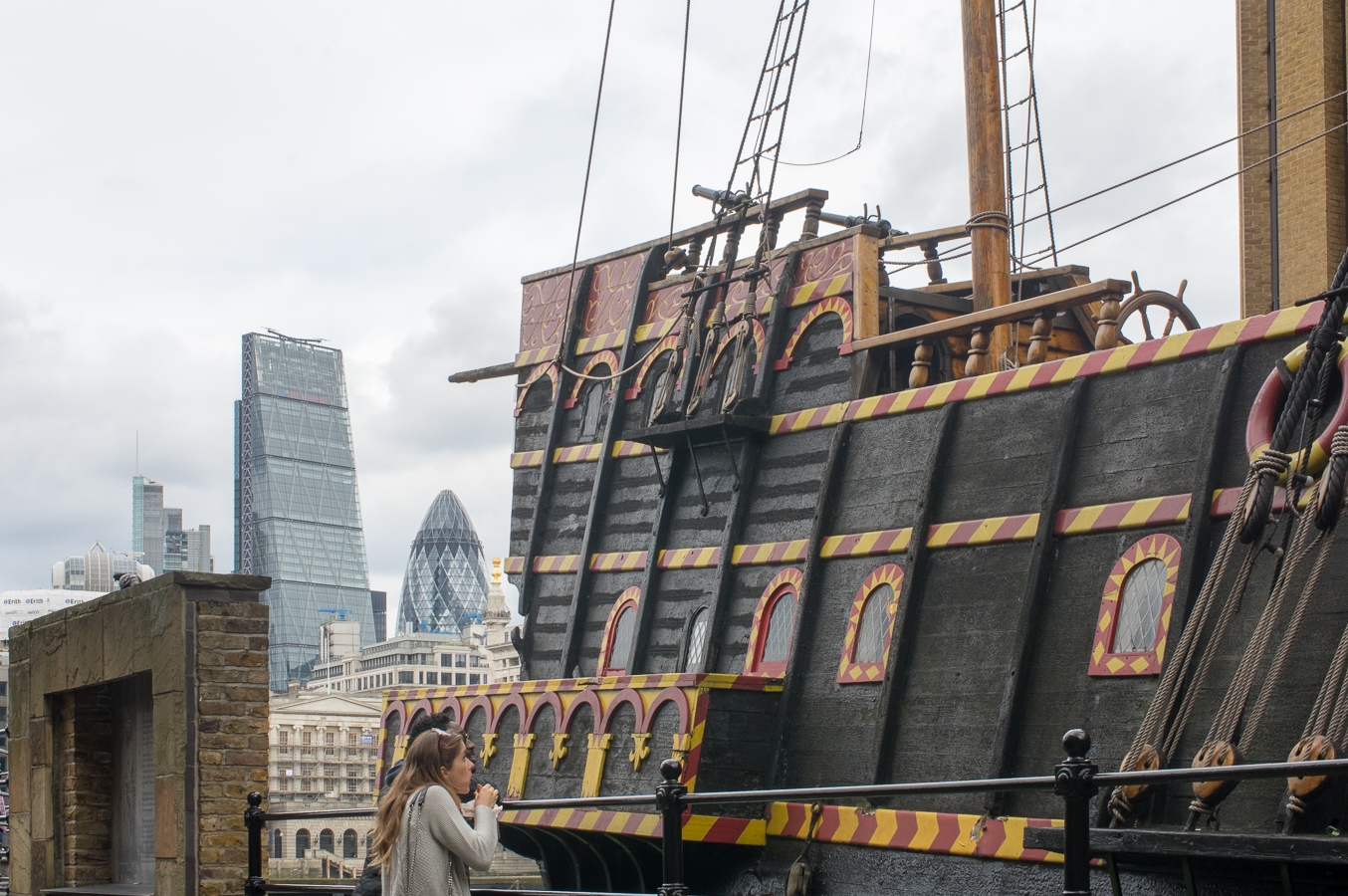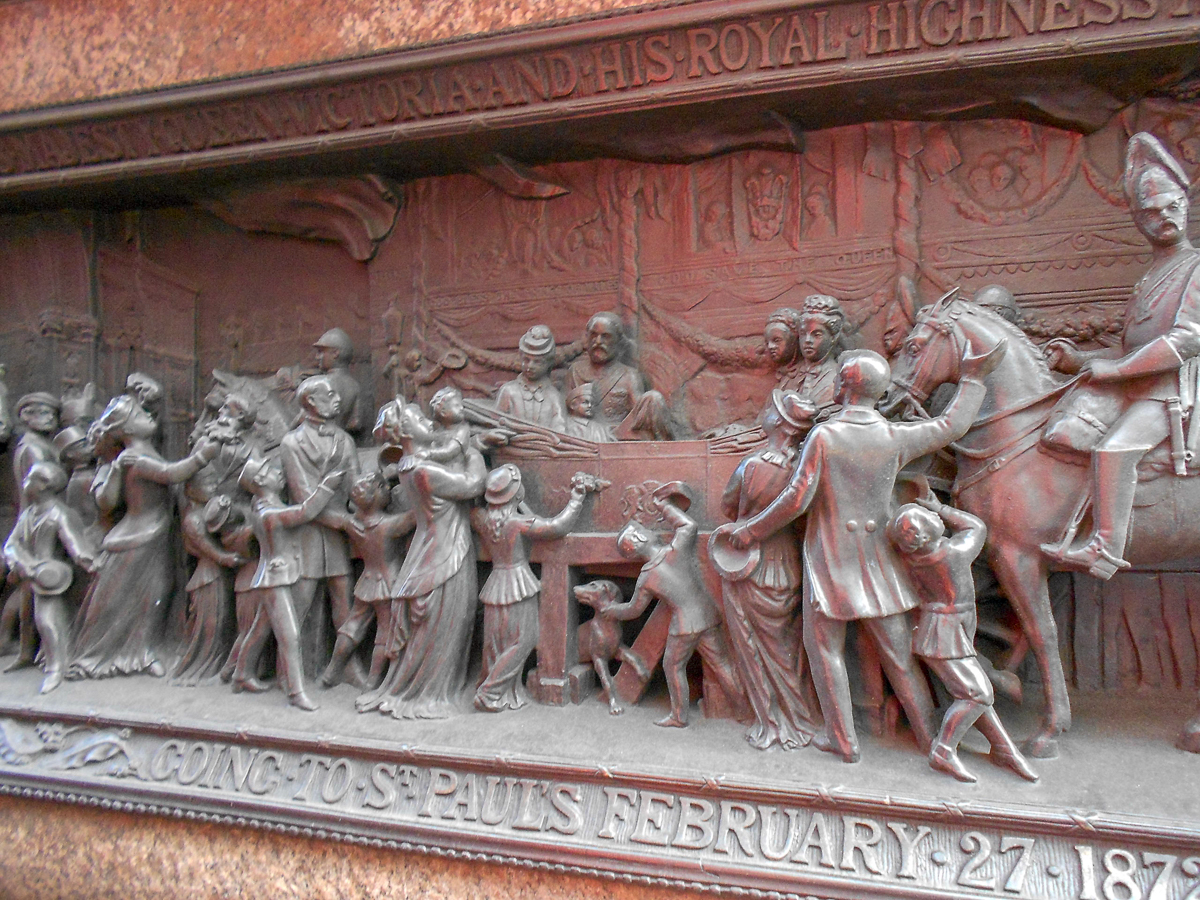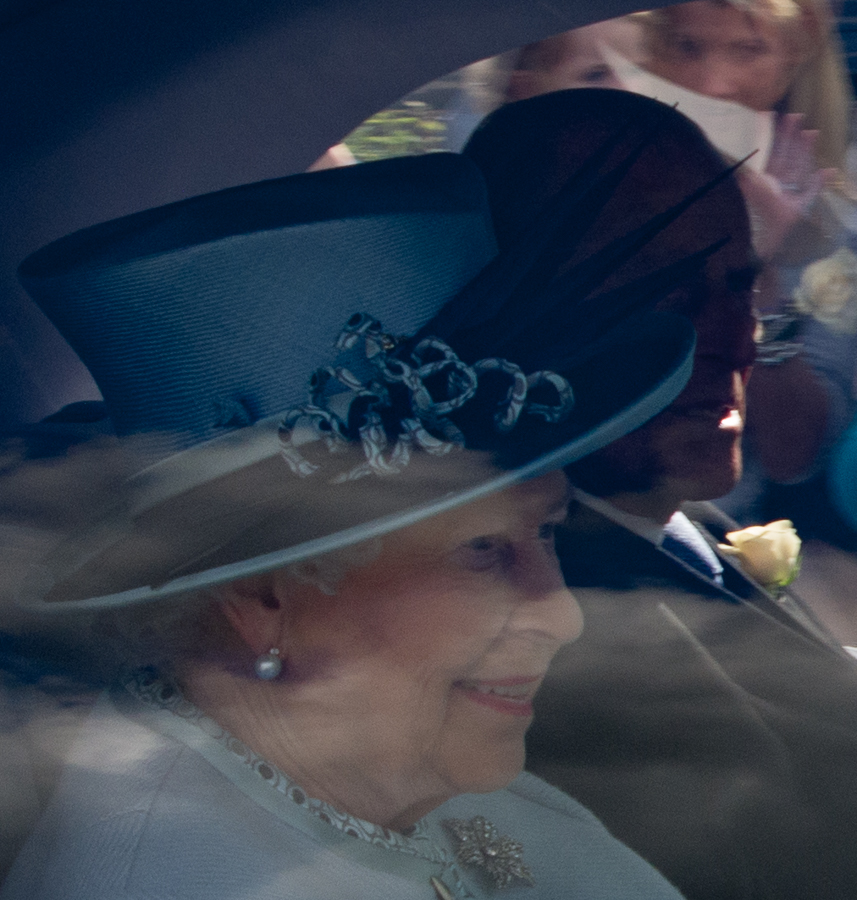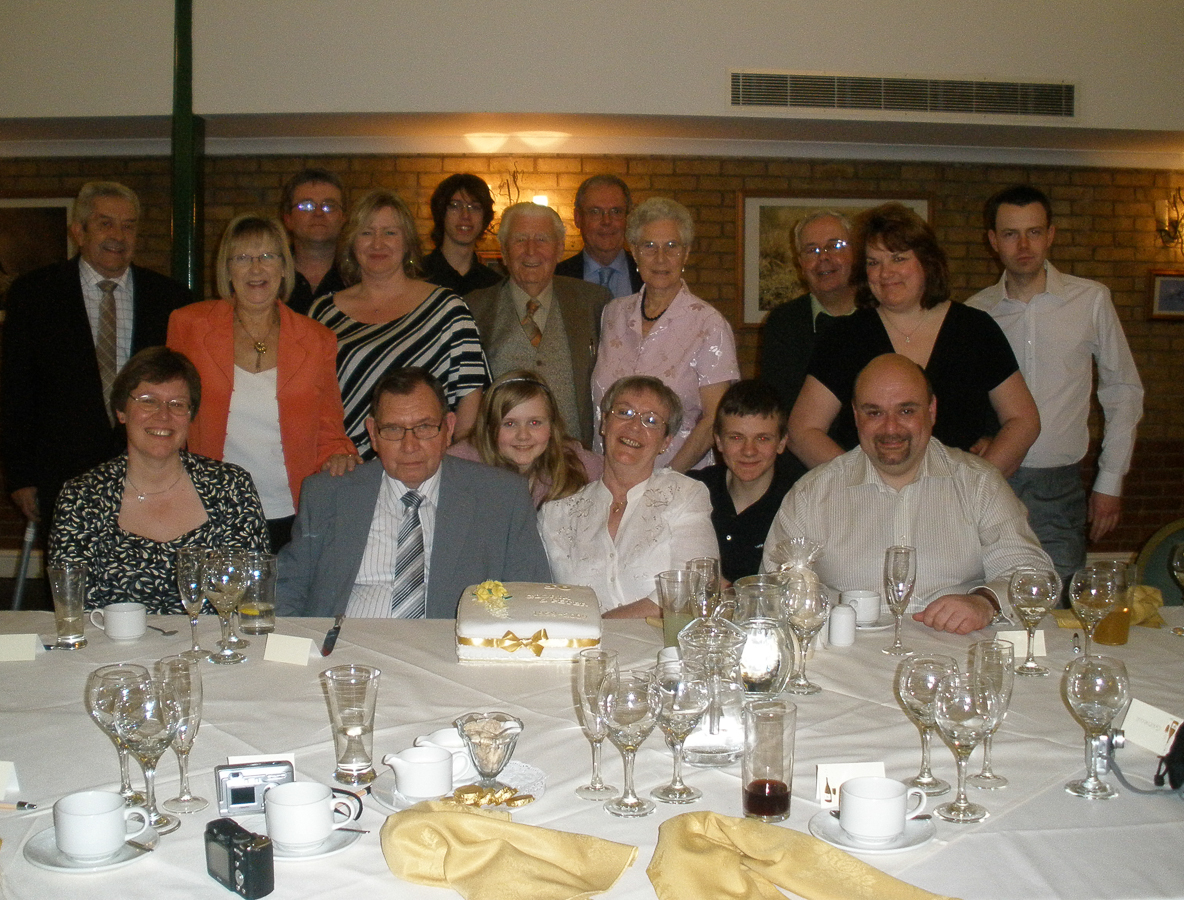Dissolution of the Monasteries, and Anne Boleyn
The Reformation in Tudor England was a time of unprecedented change. One of the major outcomes of the Reformation was the destruction of the monasteries which began in 1536.
The Reformation came about when Henry VIII wished to divorce his first wife, Catherine of Aragon, who had failed to give him a male heir. When the Pope refused to grant the divorce, Henry set up the Church of England. The Act of Supremacy in 1534 confirmed the break from Rome, declaring Henry to be the Supreme Head of the Church of England.
The monasteries were a reminder of the power of the Catholic Church. It was also true that the monasteries were the wealthiest institutions in the country, and Henry’s lifestyle, along with his wars, had led to a lack of money. Monasteries owned over a quarter of all the cultivated land in England. By destroying the monastic system Henry could acquire all its wealth and property whilst removing its Papist influence.
From a recent TV programme about Ann Boleyn there is a slightly different view on this.
Anne Boleyn, William Tyndale and Henry VIII
Anne is thought to have been in position of a book, which could have led to her being called a heretic.
The 2nd October 1528 saw the publication of English reformer and Bible translator William Tyndale’s “The Obedience of the Christian Man” (full title: “The Obedience of a Christen man, and how Christen rulers ought to govern, wherein also (if thou mark diligently) thou shalt find eyes to perceive the crafty convivence of all jugglers”) in Antwerp. What has this book got to do with Anne Boleyn and Henry VIII? Well, it is thought to be the text that helped Henry VIII to realise that Kings were accountable only to God, and not to the Pope.
Tyndale's Bible laid the foundations for many of the English Bibles which followed his. His work made up a significant portion of the Great Bible of 1539, which was the first authorized version of the English Bible.[30] The Tyndale Bible also played a key role in spreading Reformation ideas to England which had been reluctant to embrace the movement. By including many of Martin Luther's commentaries in his works, Tyndale also allowed the people of England direct access to the words and ideas of Luther, whose works had been banned in England.
Perhaps the Tyndale Bible's greatest impact is that it heavily influenced and contributed to the creation of the King James Version, which is one of the most popular and widely used Bibles in the world today.
After a time of hiding the book, she is alleged to have shared it with her husband, Henry VIII. She and the book planted seeds of thought about Supremacy and about the land and wealth grab from the catholic monasteries, initially for redistribution to the poor, to improve the overall condition of England. However, Henry VIII and Thomas Cromwell, who may have seen a political side and a benefit to filling the Royal Coffers.
From 1527, Henry VIII had sought to have his marriage to Queen Catherine of Aragon annulled, so that he could lawfully marry Anne Boleyn. At the centre of the campaign to secure the annulment was the emerging doctrine of royal supremacy over the church. By the autumn of 1531, Cromwell had taken control of the supervision of the king's legal and parliamentary affairs, working closely with Thomas Audley, and had joined the inner circle of the council. By the following spring, he had begun to exert influence over elections to the House of Commons.
The third session of what is now known as the Reformation Parliament had been scheduled for October 1531, but was postponed until 15 January 1532 because of Henry's indecision as to the best way to proceed towards his annulment. Cromwell favoured the assertion of royal supremacy over the recalcitrant Church, and he manipulated support in the House of Commons for the measure by resurrecting anti-clerical grievances expressed earlier, in the session of 1529. Once he achieved his goal of managing affairs in Parliament, he never relinquished it. On 18 March 1532, the Commons delivered a supplication to the king, denouncing clerical abuses and the power of the ecclesiastical courts, and describing Henry as "the only head, sovereign lord, protector and defender" of the Church. On 14 May 1532, Parliament was prorogued. Two days later, Sir Thomas More resigned as Lord Chancellor, realising that the battle to save the marriage was lost. More's resignation from the Council represented a triumph for Cromwell and the pro-Reformation faction at court.
The king's gratitude to Cromwell was expressed in a grant of the lordship of the manor of Romney in the Welsh Marches (recently confiscated from the family of the executed Edward Stafford, 3rd Duke of Buckingham) and appointment to three relatively minor offices: Master of the Jewels on 14 April 1532, Clerk of the Hanaper on 16 July, and Chancellor of the Exchequer on 12 April 1533. None of these offices afforded much income, but the appointments were an indication of royal favour, and gave Cromwell a position in three major institutions of government: the royal household, the Chancery, and the Exchequer.
Anne Boleyn
Henry and Anne married on 25 January 1533, after a secret marriage on 14 November 1532 that may have taken place in Calais.
Anne Boleyn (c. 1501 or 1507 – 19 May 1536) was Queen of England from 1533 to 1536, as the second wife of King Henry VIII. The circumstances of her marriage and of her execution by beheading for treason and other charges made her a key figure in the political and religious upheaval that marked the start of the English Reformation.
 Anne Boleyn
Anne Boleyn
Anne was the daughter of Thomas Boleyn, 1st Earl of Wiltshire, and his wife, Lady Elizabeth Howard, and was educated in the Netherlands and France, largely as a maid of honour to Queen Claude of France. Anne returned to England in early 1522, to marry her Irish cousin James Butler, 9th Earl of Ormond; the marriage plans were broken off, and instead, she secured a post at court as maid of honour to Henry VIII's wife, Catherine of Aragon.
Early in 1523, Anne was secretly betrothed to Henry Percy, son of Henry Percy, 5th Earl of Northumberland, but the betrothal was broken off when the Earl refused to support their engagement. Cardinal Thomas Wolsey refused the match in January 1524 and Anne was sent home to Hever Castle. In February or March 1526 Henry VIII began his pursuit of Anne. She resisted his attempts to seduce her, refusing to become his mistress, as her sister Mary had previously been. Henry soon focused his desires on annulling his marriage to Catherine so he would be free to marry Anne. Wolsey failed to obtain an annulment of Henry's marriage from Pope Clement VII, and when it became clear that Clement would not annul the marriage, Henry and his advisers, such as Thomas Cromwell, began the breaking of the Catholic Church's power in England and closing the monasteries and the nunneries. In 1532, Henry made Anne the Marquess of Pembroke.
Anne was crowned Queen of England on 1 June 1533. On 7 September, she gave birth to the future Queen Elizabeth I. Henry was disappointed to have a daughter rather than a son but hoped a son would follow and professed to love Elizabeth. Anne subsequently had three miscarriages and by March 1536, Henry was courting Jane Seymour. In order to marry Seymour, Henry had to find reasons to end the marriage to Anne.
Henry VIII had Anne investigated for high treason in April 1536. On 2 May, she was arrested and sent to the Tower of London, where she was tried before a jury of peers, including Henry Percy, her former betrothed, and her uncle Thomas Howard, 3rd Duke of Norfolk; she was convicted on 15 May and beheaded four days later. Modern historians view the charges against her, which included adultery, incest and plotting to kill the king, as unconvincing.
After her daughter, Elizabeth, became Queen in 1558, Anne became venerated as a martyr and heroine of the English Reformation, particularly through the written works of John Foxe. She has inspired, or been mentioned in, many artistic and cultural works and retained her hold on the popular imagination. She has been called "the most influential and important queen consort England has ever had", as she provided the occasion for Henry VIII to annul his marriage to Catherine of Aragon and declare the English church's independence from the Vatican.
The final session of the Reformation Parliament began on 4 February 1536. By 18 March, an Act for the Suppression of the Lesser Monasteries, those with a gross income of less than £200 per annum, had passed both houses. This caused a clash with Anne Boleyn, formerly one of Cromwell's strongest allies, who wanted the proceeds of the dissolution used for educational and charitable purposes, not paid into the King's coffers.
Anne instructed her chaplains to preach against the Vicegerent, and in a blistering sermon on Passion Sunday, 2 April 1536, her almoner, John Skip, denounced Cromwell and his fellow Privy Councillors before the entire court. Skip's diatribe was intended to persuade courtiers and Privy Councillors to change the advice they had been giving the King and to reject the temptation of personal gain. Skip was called before the council and accused of malice, slander, presumption, lack of charity, sedition, treason, disobedience to the gospel, attacking "the great posts, pillars and columns sustaining and holding up the commonwealth" and inviting anarchy.
Anne, who had many enemies at court, had never been popular with the people and had so far failed to produce a male heir. The King was growing impatient, having become enamoured of the young Jane Seymour and being encouraged by Anne's enemies, particularly Sir Nicholas Carew and the Seymours. In circumstances that have divided historians, Anne was accused of adultery with Mark Smeaton, a musician of the royal household; Sir Henry Norris, the King's groom of the stool and one of his closest friends; Sir Francis Weston; Sir William Brereton; and her brother, George Boleyn, 2nd Viscount Rochford. The Imperial Ambassador, Eustace Chapuys, wrote to Charles V that:
he himself [Cromwell] has been authorised and commissioned by the king to prosecute and bring to an end the mistress's trial, to do which he had taken considerable trouble... He set himself to devise and conspire the said affair.
Regardless of the role Cromwell played in Anne Boleyn's fall, and his confessed animosity to her, Chapuys's letter states that Cromwell claimed that he was acting with the King's authority. Most historians, however, are convinced that her fall and execution were engineered by Cromwell.
The Queen and her brother stood trial on Monday 15 May, while the four others accused with them were condemned on the Friday beforehand. The men were executed on 17 May 1536 and, on the same day, Cranmer declared Henry's marriage to Anne invalid, a ruling that illegitimised their daughter, Princess Elizabeth. Two days later, Anne herself was executed. On 30 May, the King married Jane Seymour. On 8 June, a new Parliament passed the second Act of Succession, securing the rights of Queen Jane's heirs to the throne.

